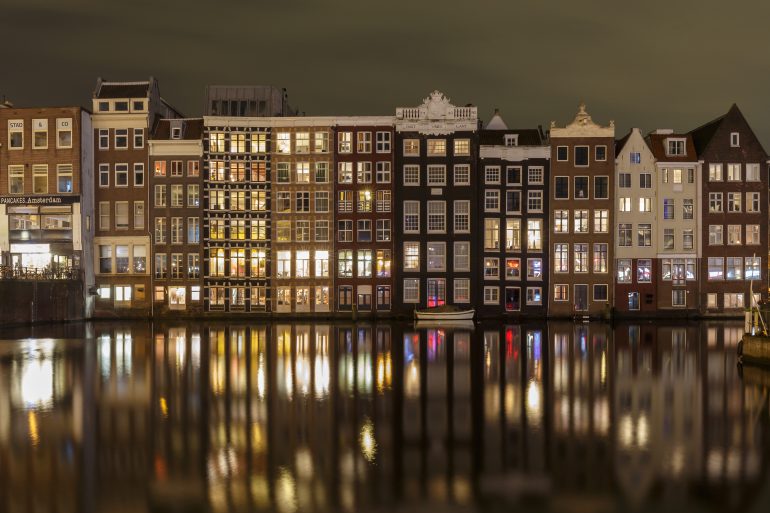The scarcity of owner-occupied homes in Amsterdam is high, with only about 979 homes up for sale in the municipality in the last quarter of 2021 – a decrease of 38 per cent compared to the previous year. The availability of apartments, which is by far the largest group in the housing market with 85 per cent of transactions, has also continued to decline.
According to the figures released by Makelaarsvereniging Amsterdam, the estate agents’ association of Amsterdam, buyers are having a hard time buying property. “They hardly have anything to choose from and they are outbid even more than before,” says MVA chairman Jerry Wijnen.
The current decline in available houses is caused by the fact that fewer and fewer houses are being put up for sale. Though the demand for housing may be greater than ever, more and more homeowners are waiting to put their homes up for sale until they have bought a new home. For example, the supply of owner-occupied homes in Amsterdam Nieuw-West has shrunk by 22 per cent. Many people living there don’t sell, because they can’t buy anywhere else.
This shortage of houses drives up the prices of the few available homes even further.
It is becoming almost impossible for the middle class to buy homes, and it is important to highlight that the waiting time for social housing is on average thirteen years. It appears that every quarter has been accompanied by a rise in price and a fall in the number of transactions. “A home of one’s own is now out of reach for many Amsterdammers, causing many residents to move against their will to other cities and villages,” said Wijnen.
Prices on the rise elsewhere
The reason for the skyrocketing prices of owner-occupied in other parts of the country is partially caused by something that has been observed in the past year and a half, that has never been seen before: Amsterdammers are seeking refuge outside the city. Amsterdammers who sell their houses now often move far beyond municipal boundaries. Although they get a good price for their homes, they will have to find something affordable themselves. “Amsterdammers are a popular group of buyers throughout the country: they bring surplus value with them and prices are also rising rapidly elsewhere,” said Wijnen.
At the end of the previous quarter, 15,600 homes were for sale in the whole country, a third less than a year earlier. In the Southwest Drenthe region, supply fell the fastest, by 45 per cent. There were also 40 per cent fewer homes for sale in the Veluwe, Gooi, Achterhoek and Northeast Brabant.
Who is to blame?
Many parties have been called out for the rising housing prices. Some blame the real estate agents, others the media and even the elderly baby boomers, who are occupying homes that are too large for them. But according to Wijnen, the real culprits are the politicians and the choices they make.
It seems that the political parties are agreed on what needs to be done. PvdA and GroenLinks are in favour of expanding social housing, while D66 and VVD are not. The VVD in particular is in favour of creating more owner-occupied homes to help middle-income earners to find houses. To make matters worse, when it came to the substantive debate in Parliament on the issue, the chair had to move to another topic due to lack of time.
A glimmer of hope?
Some say there is hope, since the endless outbidding might come to an end, based on some evidence from the figures of the real estate association.
First, for all types of owner-occupied homes, except for semi-detached houses, the differences between the asking price and what has actually been paid have not increased in the fourth quarter of 2021. The average difference between asking and selling price in the previous quarter was the same as in the previous quarter, 8.8 per cent.
Second, the new coalition agreement states, among other things, that 100,000 new homes will be built each year for the foreseeable future. The plans are very concrete and the new Minister of Housing, Hugo de Jonge, has received a considerable budget for the plans.
Written by Stephen Swai
